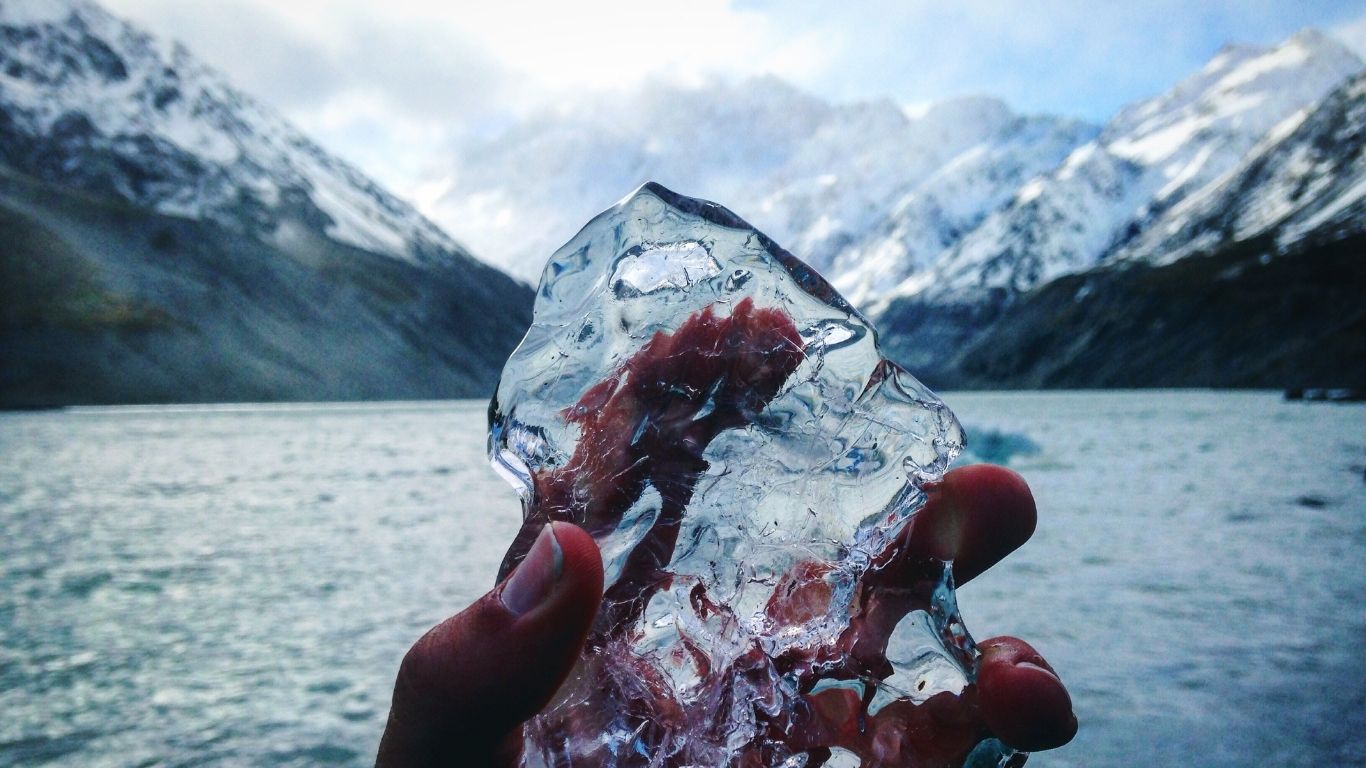The question “how long can ice hold an immigrant?” may seem strange at first, but when considering immigration in challenging conditions, especially in countries with cold climates, the concept of physical and metaphorical ‘ice’ plays a significant role. Ice can literally refer to freezing environments that immigrants might have to navigate, or it can symbolize the struggles faced by immigrants when detained in frigid conditions. This article delves into the various layers of this issue, exploring both the physical and emotional tolls of such situations, and how long individuals can survive or endure in such harsh circumstances.
The Role of Ice in Immigrant Struggles
The Harsh Realities of Immigrant Detention
- Many immigrants face extreme conditions during detention, sometimes in freezing environments. These situations often raise human rights concerns, particularly when individuals are held for prolonged periods.
- The intersection of immigration and detention policies often leads to overcrowded facilities, where cold temperatures exacerbate existing problems.
How Ice Affects Immigrant Health
Physical Impacts of Cold Exposure
- Prolonged exposure to freezing conditions can result in hypothermia, frostbite, and other life-threatening injuries.
- Survival in such harsh environments often depends on the duration of exposure and the resources available.
Emotional and Psychological Effects on Immigrants
Mental Health Struggles in Freezing Conditions
- In addition to physical dangers, immigrants detained in cold environments face emotional trauma. The uncertainty, combined with the harsh conditions, can lead to long-lasting mental health issues such as anxiety and depression.
Legal and Ethical Considerations: Is It Right to Detain Immigrants in Cold Conditions?
Human Rights Violations and Ethical Questions
- There are many ethical concerns regarding the detention of immigrants in freezing environments. From the perspective of human rights, this practice is controversial and often condemned by international bodies.
- Legal battles frequently arise, questioning the justification of detaining individuals in such conditions without regard for their health and safety.
The Role of International Law and Humanitarian Aid
Global Standards on Immigration Detention
- International conventions and agreements, such as the Universal Declaration of Human Rights, set standards that prohibit the mistreatment of individuals in detention.
- Humanitarian organizations often work to improve conditions and advocate for better treatment of detained immigrants.
Solutions and Alternatives to Ice-based Detention
Proposals for Improving Immigrant Detention Conditions
- Alternatives to harsh detention conditions are being proposed, including detention reform and the use of community-based alternatives that respect immigrants’ dignity.
FAQs
Q. How long can an immigrant survive in cold detention?
A. Survival depends on many factors including the severity of the cold, clothing, and available shelter. Immigrants can survive up to a few hours in freezing conditions without immediate medical help.
Q. What are the mental health consequences for immigrants in cold detention?
A. Immigrants detained in cold environments may experience severe stress, anxiety, and depression due to isolation, uncertainty, and the physical discomfort of cold temperatures.
Q. Is it legal to detain immigrants in freezing conditions?
A. No, it often violates human rights standards. International law prohibits inhumane and degrading treatment, including prolonged exposure to harsh cold without adequate protection.
Q. What are the alternatives to cold detention for immigrants?
A. Alternatives include community-based programs that allow immigrants to live in supportive environments while awaiting their immigration hearings, ensuring dignity and safety.
Q. What role do humanitarian organizations play in these situations?
A. Humanitarian organizations advocate for better treatment of detained immigrants, provide legal assistance, and push for reforms to reduce the use of inhumane detention conditions.
Conclusion
“How long can ice hold an immigrant?” highlights the dangers, both physical and psychological, that individuals endure when detained in cold, inhumane conditions. It’s crucial for immigration policies to evolve to ensure that the safety, dignity, and well-being of immigrants are prioritized. Alternatives to detention, such as electronic monitoring and community-based programs, offer a humane path forward. Immigration reform is not just an issue of policy—it’s about upholding the fundamental principles of humanity and justice.

